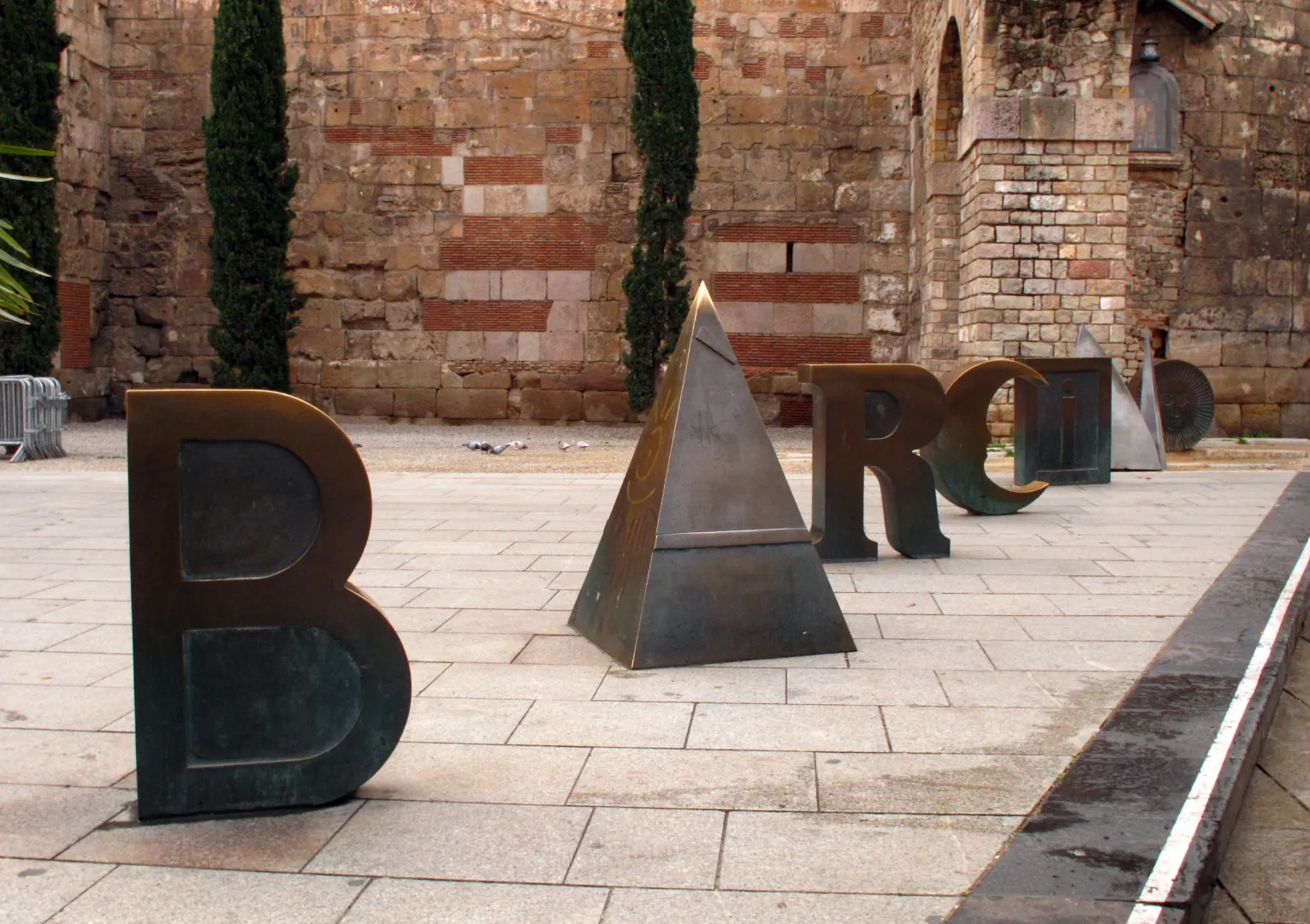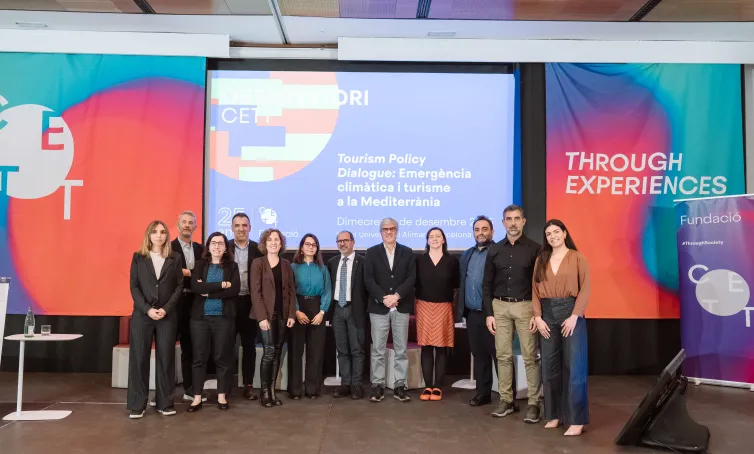Cities, cultural industries and tourism: a new perspective into the cultural landscape

What is a literary city? Is a literary city by itself, a tourist destination? What is the role of the cultural industries in literary cities?
We shall start by answering the last question: cultural industries are based on creating and disseminating cultural goods; nowadays they are considered to be a subsection of what we know as creative industries, which can be defined as all those activities based on creating, disseminating and applying knowledge. Architecture, design, art, publicity, programming, etc. are some of the economic activities that conform creative industries. The existence of these economic activities has made it possible for culture and creativity (understood as urban elements) to go hand in hand and also to have recently become key in the economic diversification of cities and talent attraction and at the same time, contributing towards making cities a more human, inclusive and sustainable space.
The existence of strong cultural industries in an urban area provides its residents with the opportunity of participating in the cultural life of the city, and, consequently, enjoy a better quality of life. This is the idea behind the UNESCO Creative Cities Network, which was launched in 2004 aiming at creating the necessary conditions to make cities more sustainable through the promotion of cultural industries and making them accessible for citizens. The Network is subdivided into 7 networks related to literature, gastronomy, media arts, design, film, music and crafts and folk art.
Likewise, creative industries not only have an impact on citizens’ daily lives but also on one given city’s own ability to rebrand resources and create new opportunities for the tourism industry and for the way this industry can be managed. This is possible because, on the one hand, creative industries allow for the creation of a unique city image and also for providing urban agglomerations with an identity to parade on the global catwalk; on the other hand, the impact of creative industries on cities is remarkable because different types of tourism that may be built upon the foundation of creative industries’ can be explored for further development thanks to integrating the tourism industry with creative industries. These potential new types of tourism, such as food, literary or film tourism, can redesign a given territory and go beyond the traditional images of cities by incorporating the new identity traits created by creative industries.
In order to develop new types of tourism, it is absolutely necessary to adopt a perspective that can help create interesting cultural and touristic products for both visitors and residents. We can find a very good example in Edinburgh, a member of the creative cities network since 2004. The Scottish Capital mirrors the close link that can exist between creative industries and tourism when fostered by the authorities; it also shows how literature can be part of the city tourism strategic plan and how a city promotes literary tourism and helps creating associated products. Nowadays, Edinburgh offers a wide range of products and is attractive to bookworms because of its international festivals, heritage resources, such as the Edinburgh International Book Festival, and other attractions such as theWriter’s Museum or theLitLong literary map, all of them placing value on the city’s literary landscape.
More information: "Assessing Literary Heritage Policies in the Context of Creative Cities"
Dr. Jordi Arcos-Pumarola
Lecturer and Researcher at TURCiT (Research Group in Tourism, Culture and Territory CETT-UB)
Imatge: Canaan, Wikimedia Commons.



